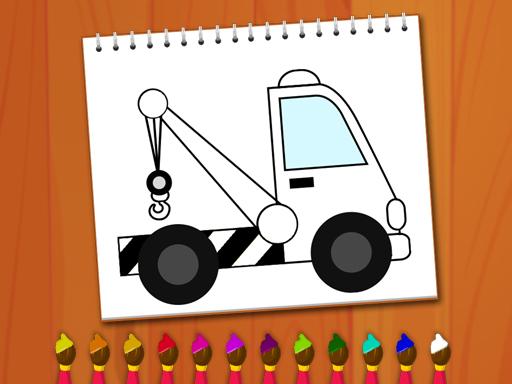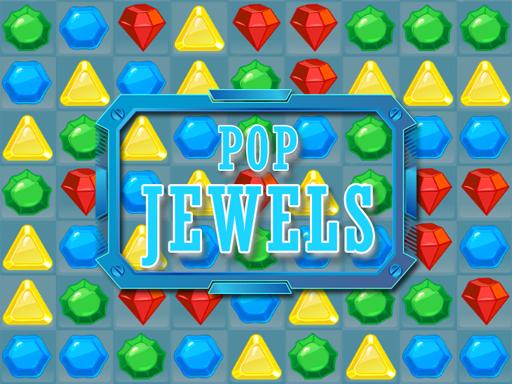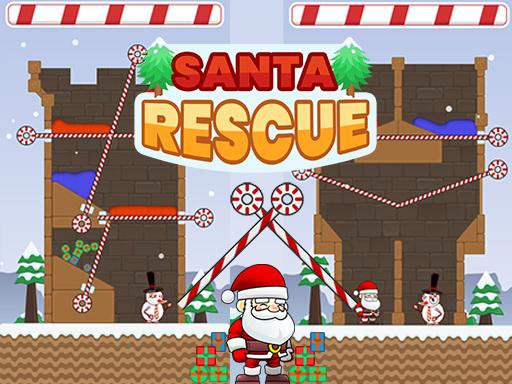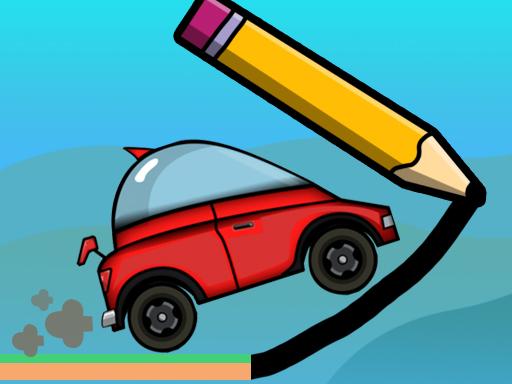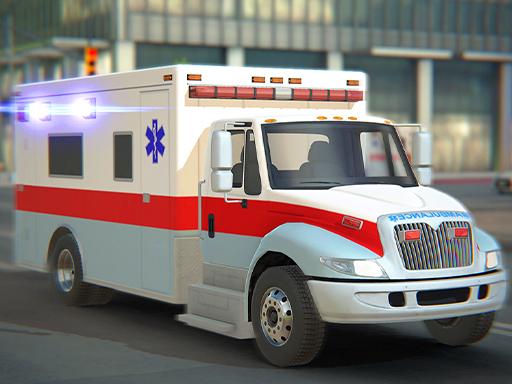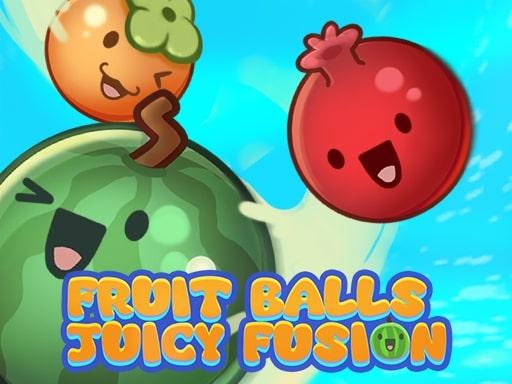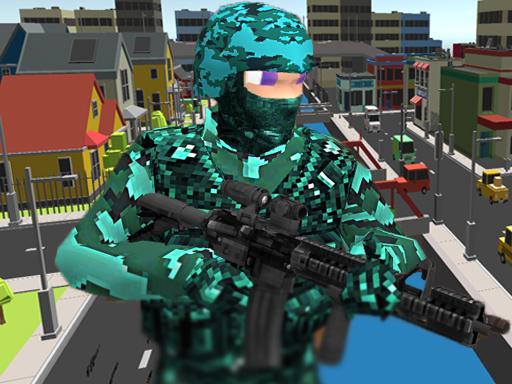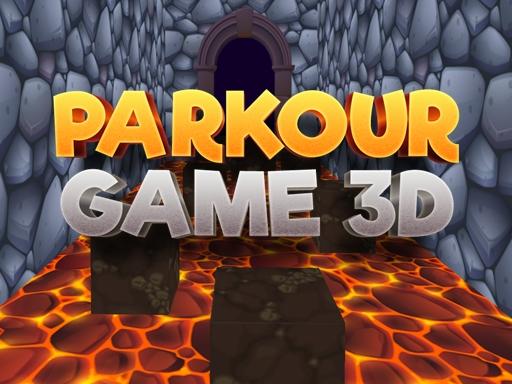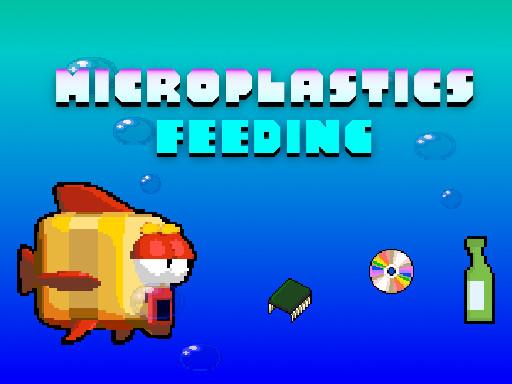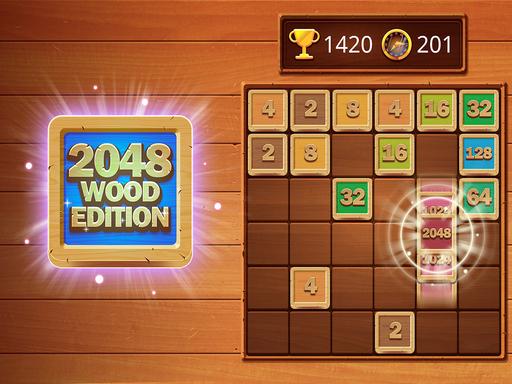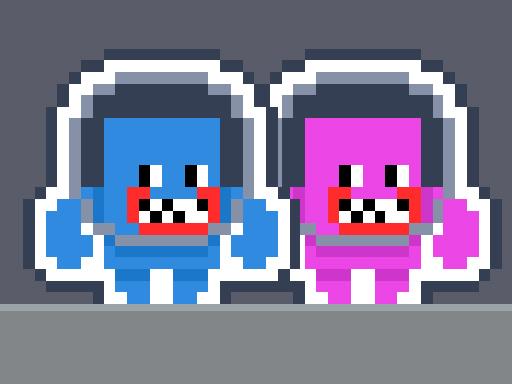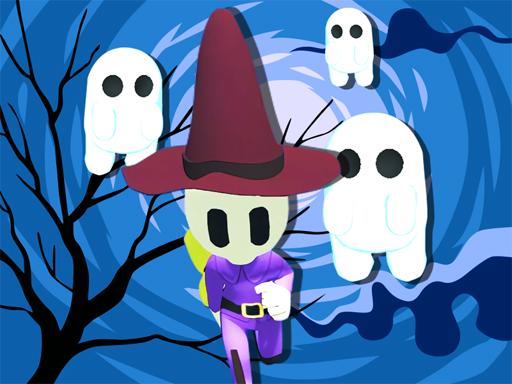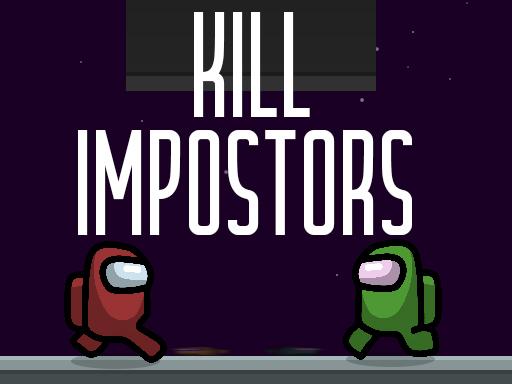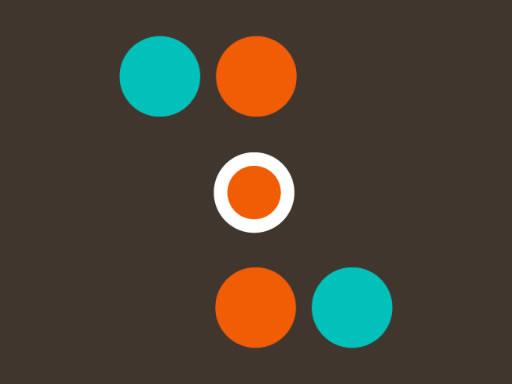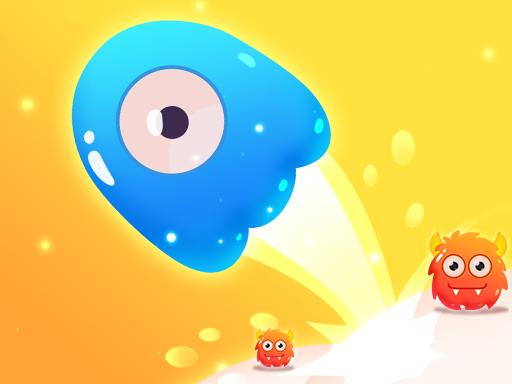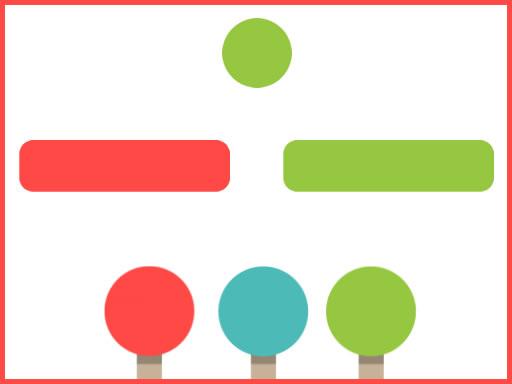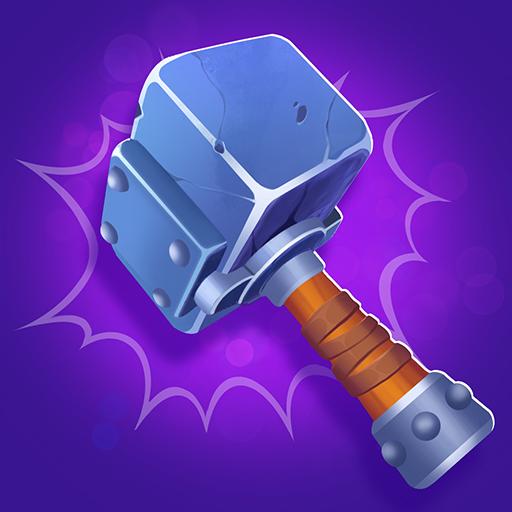New Games
Microplastics Feeding
Introduction and How to Play Microplastics Feeding Game
Microplastics Feeding is a unique and thought-provoking educational game designed to raise awareness about the environmental impact of microplastics and pollution in the oceans. In this game, players take on the role of small marine creatures, such as fish or plankton, and must navigate through a water environment filled with both food and harmful microplastics. The objective is to consume food to grow while avoiding the consumption of microplastics that can harm the creature’s health.
The game combines engaging gameplay with an important environmental message, aiming to educate players, especially younger audiences, about the dangers of pollution and the role marine life plays in maintaining a healthy ecosystem. This article will introduce Microplastics Feeding, explain how to play the game, and provide some strategies to help you succeed while learning about this crucial environmental issue.
What is Microplastics Feeding?
Microplastics Feeding is an educational simulation game that simulates the impact of microplastic pollution in oceans. In the game, players control a small marine animal, like a fish or plankton, which moves through the water to consume food items and avoid harmful microplastics. These microplastics are represented as tiny particles that float in the water and can be easily mistaken for food. The game challenges players to make decisions quickly about what to consume while navigating through a polluted environment.
As players progress through the game, they encounter more microplastic particles that are harder to avoid. The game becomes more difficult as players must balance eating enough food to grow and survive while avoiding the toxic effects of consuming microplastics.
Key Features of Microplastics Feeding
- Educational Gameplay: Microplastics Feeding provides an interactive way to learn about environmental pollution, especially the growing problem of microplastics. It teaches players how pollution affects marine life and emphasizes the importance of protecting the oceans.
- Simple Controls: The game uses simple controls that make it easy for players of all ages to pick up and play. The player controls the movement of a marine creature with basic directional inputs to navigate through the water.
- Challenges and Obstacles: As the game progresses, players face more challenging obstacles, including increased numbers of microplastics and fewer food items. Players must act quickly to avoid harming their character while continuing to grow.
- Visual Appeal: The game has a colorful and visually appealing environment, with clear distinctions between the harmful microplastics and the food. This helps players easily identify what they should avoid and what they need to consume.
- Progressive Difficulty: The game’s difficulty gradually increases, adding complexity to each level. As the marine creatures grow larger, the number of microplastics in the water increases, making it harder to navigate.
How to Play Microplastics Feeding
1. Start the Game
Upon launching Microplastics Feeding, you will begin with a small marine creature, such as a fish or plankton. Your task is to guide your creature through the water, consuming food items like algae, plankton, or other aquatic organisms to grow and stay healthy. However, you must be cautious about the microplastics scattered throughout the environment.
2. Move and Collect Food
Use the arrow keys or on-screen controls (depending on the platform you’re playing) to move your marine creature through the water. As you navigate, you will encounter food items floating in the water. These food items are necessary for your survival and growth, so it’s essential to collect as many as you can.
The food in the game may vary, but generally, it includes organic materials such as algae, seaweed, or small organisms that the creature would naturally consume in the real world. Each item you consume adds to your score and helps your creature grow larger, allowing it to navigate through the levels more easily.
3. Avoid Microplastics
The main challenge in Microplastics Feeding is avoiding microplastics. These tiny particles are often mistaken for food by marine creatures, and consuming them can have harmful effects on your health. In the game, microplastics appear as small, plastic-like particles that float in the water, and they are represented in a different color or shape from the food items.
If your creature eats a microplastic, it may suffer health consequences, such as losing health points or shrinking in size. This is why it’s crucial to differentiate between food and harmful microplastics. Avoiding them becomes more difficult as the levels progress and the density of microplastics increases.
4. Level Progression
As you advance through the game, the levels become more challenging. The amount of food available becomes scarcer, while the concentration of microplastics increases. You will have to make quicker decisions and avoid becoming overwhelmed by the pollution. Each level is designed to teach players how pollution affects marine creatures and how their survival depends on making smart choices.
With each successful level, you may unlock new marine creatures with different abilities or characteristics, making it easier or more challenging to navigate the polluted water.
5. Managing Health and Growth
In Microplastics Feeding, your creature’s health is represented by a health bar. Consuming food increases the health bar, while consuming microplastics depletes it. If your health bar reaches zero, your creature will be eliminated, and you will have to start the level again.
The goal is to grow your creature as large as possible by consuming enough food while avoiding the dangerous microplastics. This requires sharp reflexes, strategic movement, and careful decision-making to balance the need for food with the risk of consuming harmful pollutants.
Tips and Strategies for Playing Microplastics Feeding
- Watch for Food and Microplastic Color Differences: One of the most important strategies in Microplastics Feeding is differentiating between food and microplastics. Food usually has a natural, vibrant color, while microplastics are dull and plastic-like. Always keep an eye out for this distinction to avoid consuming the wrong items.
- Plan Your Route: Don’t just swim randomly through the water. Try to plan your route ahead of time to avoid running into microplastics while ensuring that you can collect enough food to stay healthy.
- React Quickly: As the game progresses, more microplastics will fill the environment, making it harder to avoid them. React quickly to changes in the environment and be prepared to adjust your movement to avoid obstacles.
- Focus on Health: Always prioritize your creature’s health. If you’re running low on health, focus on collecting food and avoiding any risky moves. Once you’ve built up your health, you can take more chances and collect food faster.
- Learn from Mistakes: If you accidentally consume microplastics or fail a level, take a moment to learn from your mistake. Understanding the patterns and improving your navigation skills will help you succeed in later levels.
Conclusion
Microplastics Feeding is an engaging educational game that not only entertains but also raises awareness about a critical environmental issue: ocean pollution caused by microplastics. Through simple gameplay, it teaches players how pollution can affect marine life and how small decisions can have a significant impact on the health of the oceans.
By playing this game, you can gain valuable insights into the importance of protecting our environment while enjoying a fun and challenging experience. Whether you’re playing it for education or entertainment, Microplastics Feeding serves as a reminder of the need to preserve marine ecosystems and reduce plastic pollution.
Instructions
Game controls:
Touch click or press psacebar to change direction
 Home
Home Popular Games
Popular Games Categories
Categories
